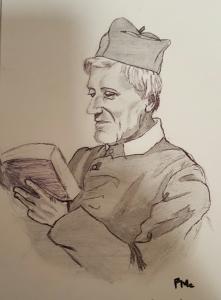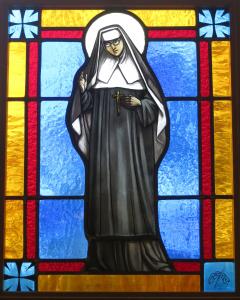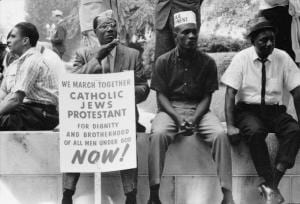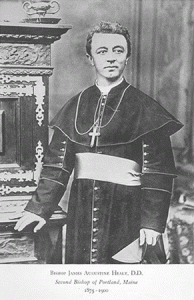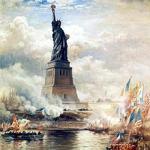A number of Catholic bishops, including New York’s Archbishop Michael Corrigan, opposed the Knights and fought for its condemnation by Rome. The thing that bothered them most was the secret oath its members took. For the bishops this smacked too much of Freemasonry, which had been condemned by Rome in the 1700’s. However, many union members had to take secret oaths to protect themselves from anti-union employers.
In 1884 the Archbishop of Quebec had the Knights condemned in Canada. Nearby in Maine, Portland’s Bishop James Healy did the same in his diocese. But not all bishops were opposed. Cardinal Gibbons believed a condemnation would weaken the Church’s popular support, and might well lead working-class Churchgoers to defect. Thos could pose a serious problem, especially since Catholicism in America was a predominantly working-class body. Powderly promised Gibbons he would change anything the bishops didn’t like, and Gibbons lobbied in Rome to prevent the condemnation. In 1887, the Holy See issued what is called a Tolerari Potest (meaning “it may be tolerated”) regarding the Knights of Labor.
Cardinal Gibbons’ action was important for showing the Church’s support for the American worker. A few years later, Pope Leo XIII issued his famous encyclical Rerum Novarum (1891), which supported the workers’ right to organize. In Europe, the American Catholic Church came to be seen as a champion of the people. (Drawing of Cardinal Gibbons by Pat McNamara, 1994)



